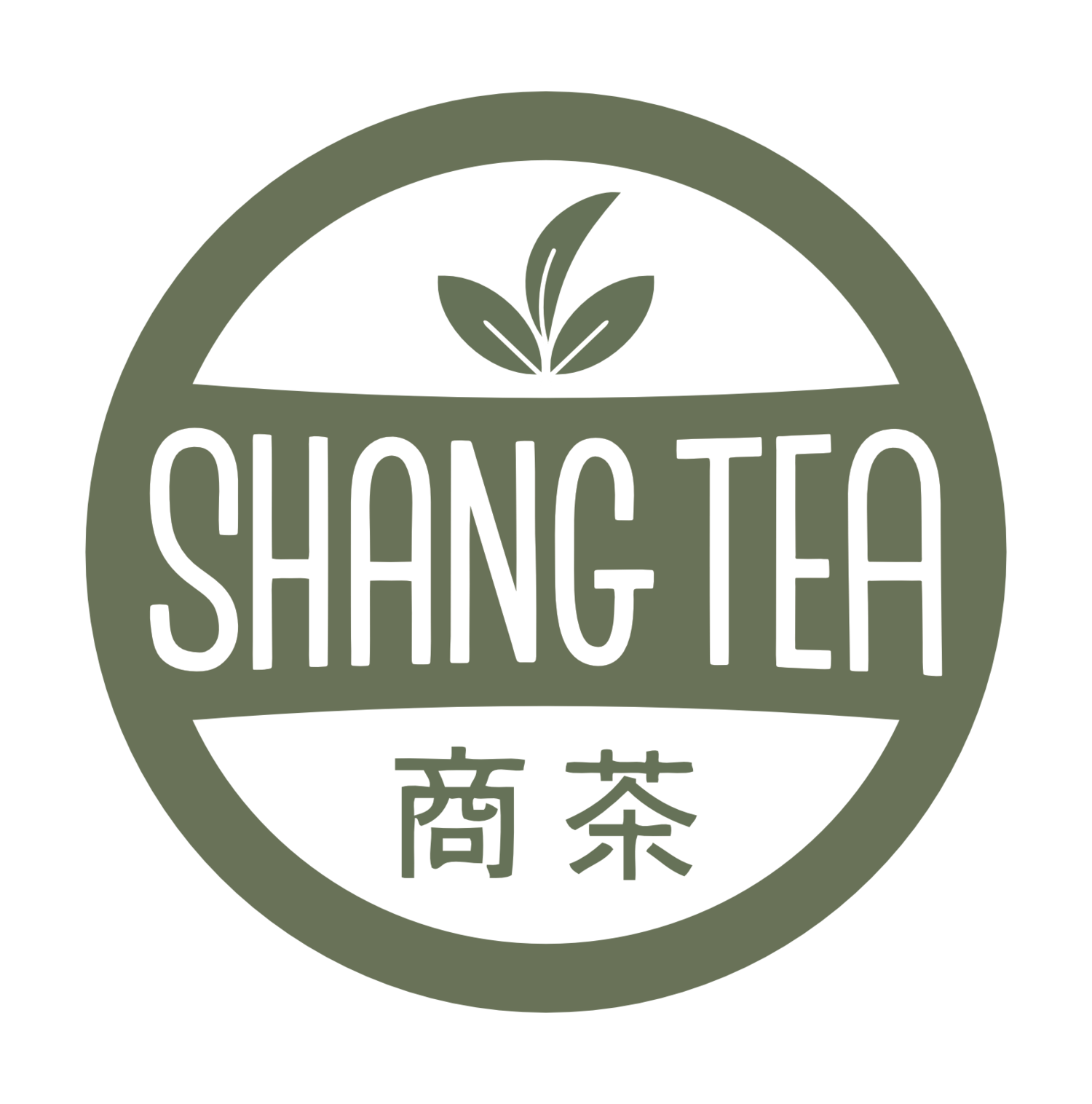Traditional Brewing Tools: Yixing
Last month we introduced you to the gaiwan, a simple porcelain cup that is a great tool for brewing loose leaf tea. This month we will talk briefly about another ancient teapot, the yixing teapot. Originating from Yixing, Jiangsu, this teapot was developed during the Song Dynasty (960-1279 AD) and is made of a clay called zisha.
Pure, unadulterated zisha is one of the best materials to brew darker teas such as oolong and red or black teas because the clay maintains a high temperature throughout the brewing process. This is due to the high mineral content of the clay, including high levels of iron. In addition, zisha and yixing teapots are known for their porous nature, and since they are unglazed, they tend to capture the flavor of the tea over time, leading to more flavorful and nuanced steepings as the teapot ages.
If you are going to use a yixing teapot, you will typically pick one type of tea from one region to brew in the teapot. This ensures that the teapot takes on only the flavor of that one type of tea, rather than mixed flavors of a variety of teas. Over time, you will need less tea leaves to produce the same taste, since the teapot will have acquired the scent and flavor of the tea.
Yixing teapots come in a whole range of different styles from very simplistic to very intricate. Yixing teapots often come designed as animals, natural objects, symbols, and many other designs. In addition, yixing teapots will come in a variety of colors due to the different types of zisha used in the production process. The most common color of zisha used is purple, but you can also find red and less commonly green zisha as well.
One warning however before you go running off to purchase a yixing teapot—you have to be really careful to ensure that the clay used is free of lead, a very difficult task these days. Be sure to deal with only reputable companies who have detailed how they test for lead in the clay.
